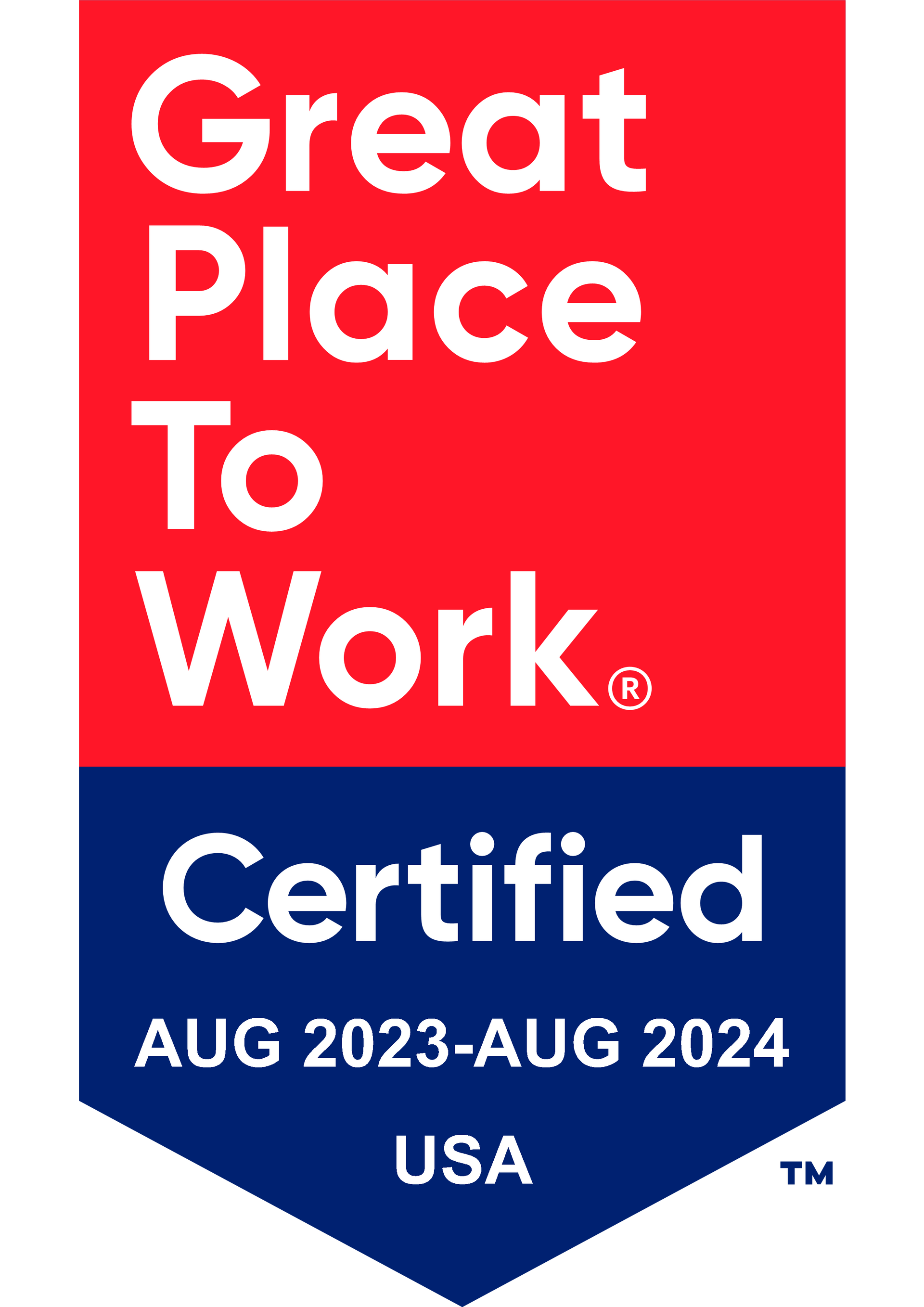Get in touch
408-366-8880
mymail@mailservice.com

What is Stop-Loss Insurance?
If you’re offering self-funded health plans to employees, you’re aiming to cut health care costs while continuing to extend top-notch benefits. Self-funded plans can save money for both the company and employees – but they can bring significant risks, too.
If an employee suffers a catastrophic event that triggers unexpected expenses, you’re on the hook for the entire amount, which could be financially devastating – and even threaten the future of your self-funded plan.
That’s where stop-loss insurance policies come in. Companies that self-fund may choose to purchase stop-loss policies to cover these catastrophic claims.
Self-funded plans allow employers to avoid the constantly rising cost of insurance companies’ premiums and deductibles. The benefits of flexibility and cost savings also come with risks, however. If one of your employees receives a terminal diagnosis or COVID-19 hits your company, medical expenses could spiral far beyond your anticipated medical costs for a given month or year.
WHAT IS STOP-LOSS INSURANCE: AN OVERVIEW
Stop-loss insurance reimburses employers for claims that exceed a predetermined limit. Essentially, they protect against the financial risk involved in self-insured plans. Although it’s impossible to predict how many high-cost claims you’ll encounter, stop-loss policies help to mitigate those possible financial pitfalls.
It might only take one employee’s unexpected high-cost claim to completely torpedo your company’s financial expectations. And unfortunately, high-cost claims and medical expenses are on the rise after a challenging year. In fact, million-dollar claims increased 9% from 2019 to 2020, according to Sun Life’s annual research report. The most common high-cost conditions in that category included cancer, birth conditions, COVID-19, and pulmonary collapse.
New evidence suggests that health care costs for other types of illnesses are on the rise, too. A recent report from QBE North America noted a spike in the frequency of claims exceeding $200,000 – an increase driven by more claims for mental and respiratory illnesses during the COVID-19 pandemic.
HOW STOP-LOSS INSURANCE WORKS
When you purchase a stop-loss policy, you’ll agree on an out-of-pocket limit. That limit represents the amount you’ve agreed to cover for employees’ medical expenses before the stop-loss policy kicks in. You’ll typically be expected to cover the initial payment, after which you’ll submit the claim to your stop-loss carrier for reimbursement.
The stop-loss contract is a critical document that defines eligible expenses and losses. It’s important to also consider that stop-loss insurance policies may set their own coverage limits or exclude certain types of expenses, such as experimental drug treatments. That’s why it’s crucial to work with an experienced insurance broker to determine whether the stop-loss policy will work for your organization’s employee population.
STOP-LOSS COVERAGE TYPES
Stop-loss policies offer two main types of coverage: aggregate and specific stop-loss. Let’s take a look at these coverages and how they work.
SPECIFIC STOP-LOSS
Sometimes, just one or two of your employees can incur the majority of claims in a plan year. If that’s the case for your organization, specific stop-loss could be a wise investment. This type of stop-loss insurance protects you against excessive claims incurred by a single individual. That means that if anyone at your company hits a specific predetermined amount in health care expenses, you’ll receive reimbursement. For example, if your limit per employee is $50,000, and an employee incurs expenses of $55,000, your stop-loss carrier would reimburse you for the difference, which is $5,000 in this case. Therefore, you’d only be responsible for paying $50,000.
Specific stop-loss claims are paid when the deductible is met, which means you’ll be responsible for covering the initial payment upfront. There is no limit to the number of individual claims that the stop-loss carrier will reimburse.
AGGREGATE STOP-LOSS
Aggregate stop-loss insurance provides reimbursement when your overall expected claims amount for a policy term exceeds your anticipated amount. Some companies prefer this type of stop-loss coverage because it enables them to plan their maximum out-of-pocket liability for a given plan year. It’s also a good option if your employee population is older, with chronic health conditions that require heavy usage of the health care plan.
When you work with a stop-loss carrier, you’ll work on determining the average expected monthly claims. The carrier will then calculate a threshold based on your attachment point – a percentage of expected costs – which is typically 125% of anticipated claims for the year. So, for example, if your employees’ expected claims for the year totaled $600,000, the stop-loss carrier would reimburse you for claims exceeding 125% of that amount, or $750,000.
The threshold may change as it’s based on a percentage of an employer’s enrolled employees. If you pay a monthly deductible, the amount you’re responsible for could shift each month due to changes in enrollment. If you have an annual deductible, the amount would likely be based on an estimate from the first month you began coverage.
Stop-loss carriers reimburse employers for any claims that exceed the aggregate limit after the end of the contract period – unlike specific stop-loss claims, which are typically reimbursed after the deductible is met.
Some companies combine both specific and aggregate stop-loss coverage to achieve a maximum layer of protection against potential high-dollar claims.
ADDITIONAL OPTIONS
When you purchase stop-loss coverage, you can often customize your plan based on your risk profile and needs. These additional options include:
- Aggregating specific stop-loss deductible. Some stop-loss carriers offer this option, which combines the elements of both types of coverage. For example, if your company elected a $150,000 specific stop-loss deductible per employee, you might add an aggregate specific limit of $50,000, which serves as another layer of protection. That means that even if one of your employees exceeds the $150,000 limit, the stop-loss reimbursement would not kick in until the entire group meets the $50,000 aggregate specific limit as well. While this costs you more as the employer upfront, stop-loss carriers tend to offset this cost with a lower premium since you’re taking on more of the financial risk.
- Advance reimbursements. If you need the reimbursements sooner, you may be able to negotiate a provision allowing you to submit claims for reimbursement before you actually pay them. This can be an excellent option for companies that may be concerned about their cash flow situation as they wait for a large reimbursement sum.
- Rate cap option. If one of your employers already has a high-cost condition, such as cancer, it’s possible your stop-loss carrier could request a higher specific deductible on that individual, also known as a laser. To protect against that possibility, some companies negotiate a rate cap option during the initial signup period. That’ll allow you to budget for an increase in your stop-loss premium – and avoid the chance that a laser could be added at the start of the next policy period, even if an employee is diagnosed with a serious illness during that time.
BENEFITS OF STOP-LOSS INSURANCE
If you already have a self-funded plan or are considering one, stop-loss coverage can provide many benefits, including:
SHIELDS BUSINESSES FROM RISK.
With the increase in high-cost claims and overall healthcare costs, stop-loss coverage limits your financial exposure. Self-funded plans offer cost savings and flexibility, but the financial risk can be difficult to overcome for some small and mid-sized companies. When you have stop-loss coverage, you’ll enjoy the benefits of self-funding without the worry about potentially devastating claim amounts.
PROVIDES TRANSPARENCY FOR HEALTH CARE COSTS.
When you have a self-funded plan, it’s important to understand and project health care costs. Whether you choose specific or aggregate stop-loss coverage – or a combination – you’ll be able to understand exactly how much you’ll be spending in a plan year, either per individual or overall. This may also enable you to structure your health plan benefits more appropriately in future years.
MORE STABILITY FOR HEALTH CARE EXPENSES.
When you have stop-loss insurance, one month or catastrophic event doesn’t have to completely upend your financial projections. You can be assured that even if the unthinkable does happen, your company will be covered.
IMPROVED CASH FLOW.
When you have a self-funded plan with stop-loss coverage, you’re responsible only for the stop-loss premium. Going the self-funded route eliminates monthly premiums from insurance companies, so you’ll have access to more cash flow.
OFFERS FLEXIBILITY.
Your self-funded plan already enables you to customize health plan benefits tailored to the needs of your employees. With the addition of a stop-loss insurance policy, you can choose the type of coverage that fits your budget and risk tolerance. For example, if you choose specific stop-loss coverage, you can modify the coverage limits over time as your employees’ risk level and medical needs change. Or you might start with specific stop-loss coverage only and decide to add in aggregate coverage at a later time.
SOLID REPORTING CAPABILITIES.
Stop-loss carriers often offer reporting systems so you can check on how employees are using their health plan benefits. These regular reports provide insights that can allow you to manage and control health plan spending in the future. For example, if you note a trend of high-cost claims, you can create a wellness program that targets a specific chronic illness or condition.
PARTNER WITH US
At KBI Benefits, we know that choosing self-funded plans and stop-loss coverage can be a complex and multifaceted decision. While a self-funded health plan gives you more control over your employees’ health care costs, you may hesitate at the level of risk involved. Stop-loss insurance can provide some additional protection so you can continue to enjoy the benefits of self-funding.
As you’re considering whether to invest in stop-loss insurance, our experienced consultants at KBI Benefits can guide you through the process. We’ll analyze the healthcare needs of your employees as well as the potential financial risks to your company. We’ll also lend a hand as you’re reviewing the terms and conditions of the stop-loss policy, so you can make an informed decision and choose the best stop-loss coverage for your self-funded plan.
Sources:
- https://www.siia.org/i4a/pages/Index.cfm?pageID=4549
- https://www.insurancebusinessmag.com/us/news/healthcare/what-is-stoploss-insurance-217479.aspx
- https://www.plansponsor.com/in-depth/time-self-funded-health-plan-sponsors-revisit-stop-loss-insurance/
- https://www.benefitspro.com/2021/07/27/stop-loss-insurer-stats-show-growth-in-high-dollar-claims/
- https://www.medcost.com/sites/default/files/2018-07/White%20PaperStopLoss813FINAL.pdf
- https://www.fundera.com/blog/stop-loss-insurance
- https://finance.yahoo.com/news/sun-life-annual-report-high-132700316.html
- https://www.investopedia.com/terms/a/aggregate-stop-loss-insurance.asp
- https://www.unum.com/employers/employee-benefits/stop-loss-insurance
- https://newdigs.mit.edu/sites/default/files/NEWDIGSFoCUSReinsurance_190916.pdf
Services
Latest Thinking




